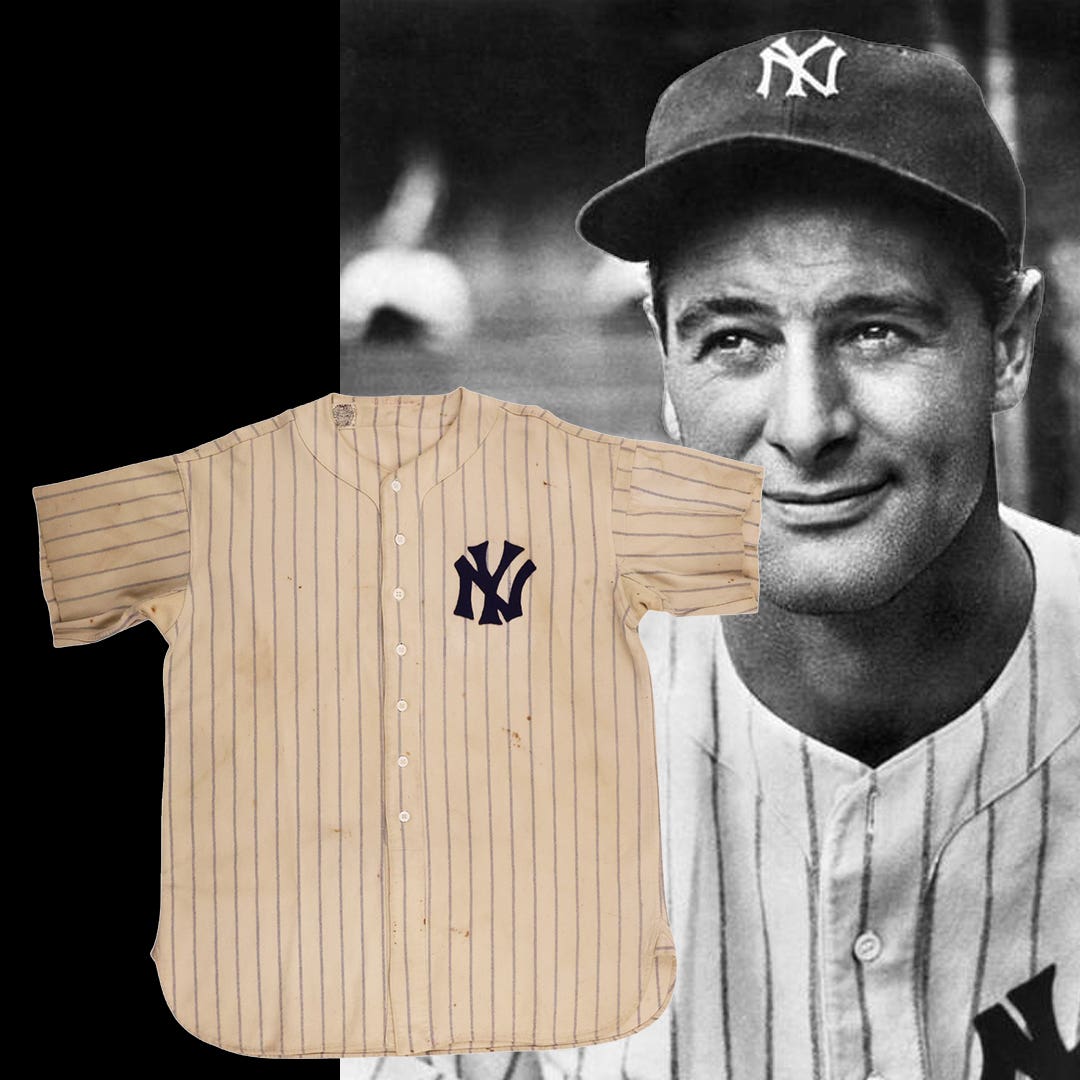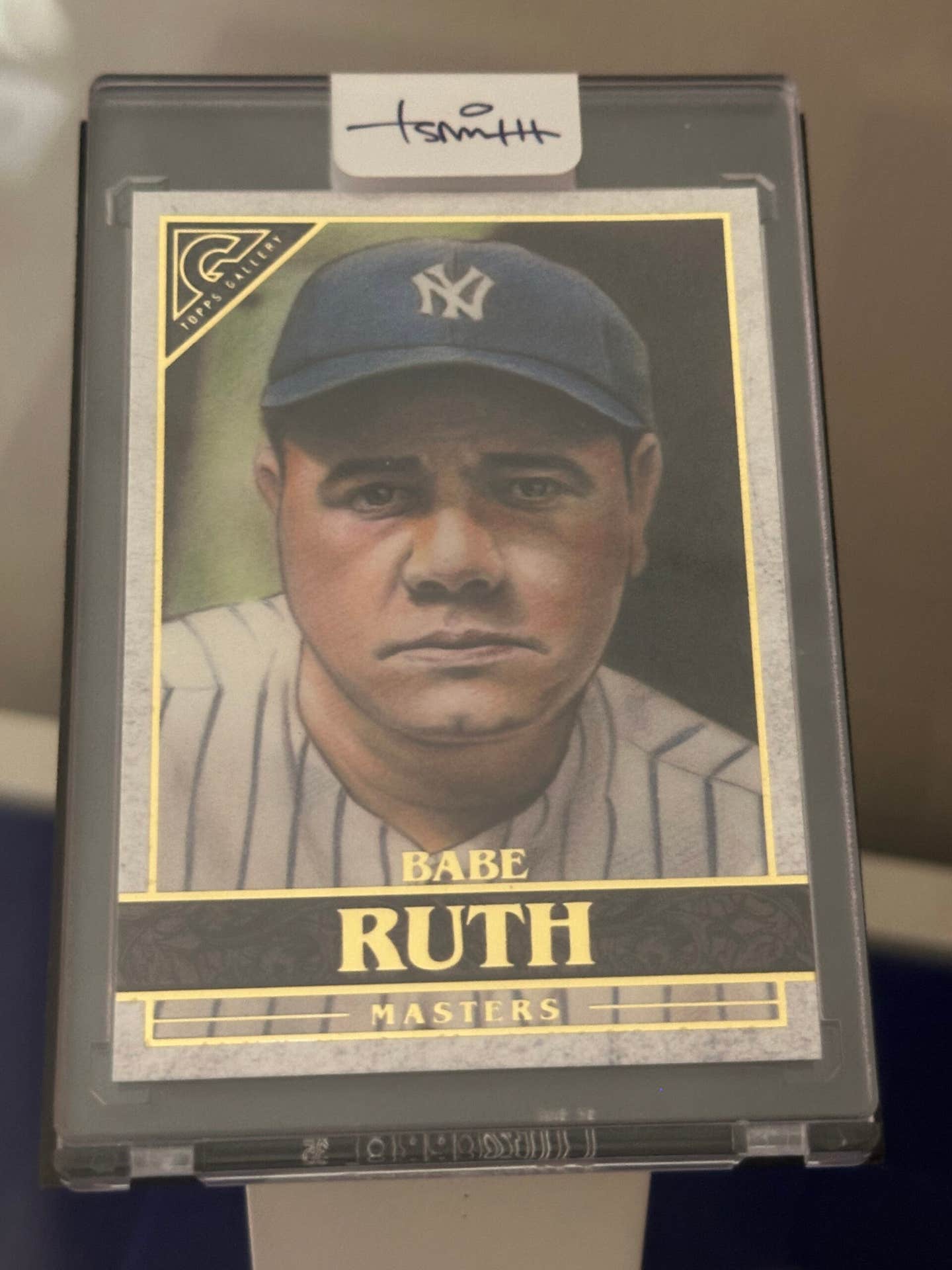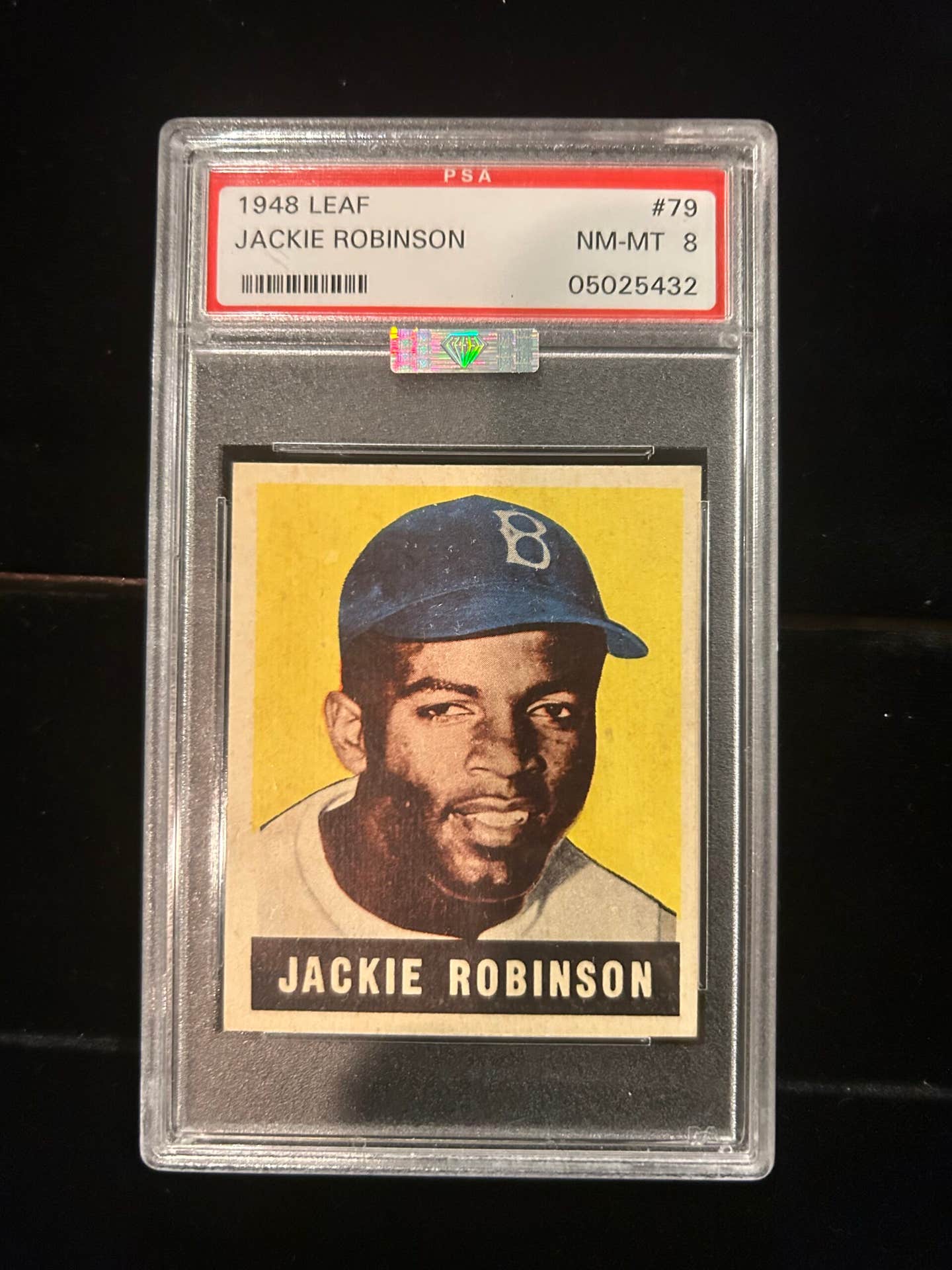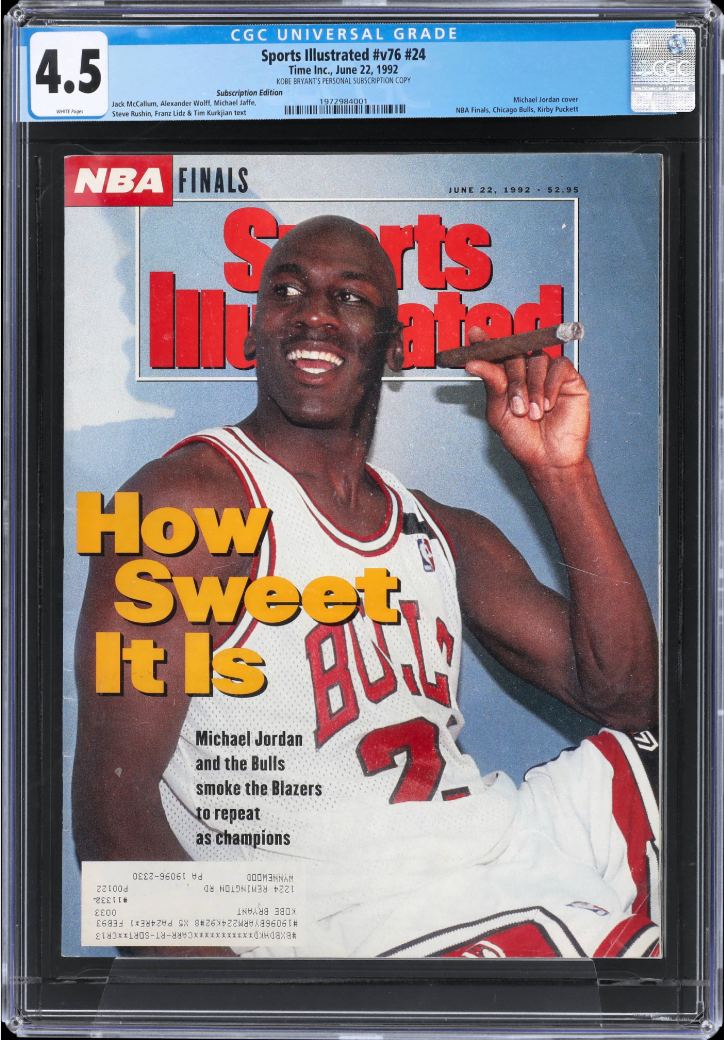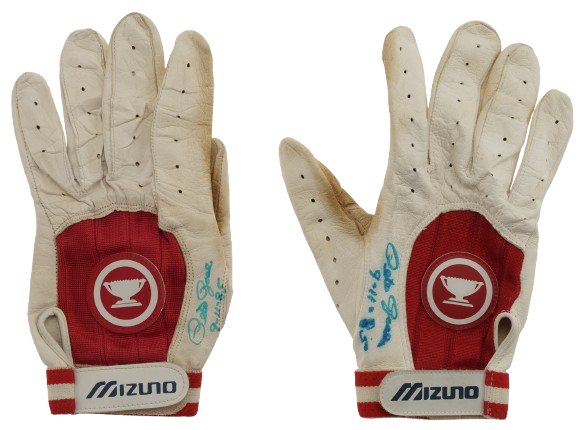Baseball
A Rich Palette of Pasteboards: Fleer World Series Sets
By Doug Koztoski
With lumber and leather leading the way of some colorful play, the St. Louis Cardinals and Texas Rangers recently wrapped up the 107th World Series, with the Cards coming out on top. A generation and change ago, a World Series card set produced by the Fleer Co. debuted, and it gave collectors some splashes of “color” on a few different levels.
Hobbyist Nate Brochin labeled the 1970 Fleer issue, a set with illustrations by Robert G. Laughlin, as a keeper at first sight.
“They spoke my language at the time – cartoons and baseball,” said Brochin. “They were one of the first series of cards I remember. I was 8 when they came out.”
A few years ago, Brochin rediscovered the cards featuring Laughlin’s artwork. “The colors are so vibrant, the drawings are extremely clever,” he said. “The artist represented the series with one single drawing.”
Among the 66-card set that covers every Fall Classic from its inception in 1903 through the Amazin’ Mets of 1969, Brochin mainly likes the cards focusing on the Yankees, which show up on nearly half of the issue.
In his experience, Brochin said that buying raw vintage Fleer World Series cards has led to only mild success.
“I bought about 500 cards over the past few years and only found about 25 nice ones,” he said. “Many of them are off-center and poorly cut. I bought lots of them to get a few that were gradable, and I don’t mean PSA 7s and 8s, I mean PSA 3s, 4s and 5s.”
Collector Gary Brent was 7 when the Fleer World Series cards became available and he, too, became an instant fan of the offering.
“They came in nickel packs. It was a comic book on cardboard with World Series history on the back,” Brent said.
In 1971, Fleer produced another version of the set but with new drawings from Laughlin. Many of the 1971 images had a more realistic look to them than the 1970 issue, but their “color” still jumped out at collectors. Also, the 1971 set included a card about the 1904 season and the information behind there being no World Series that season.
Stacks of wax
Brent saved several unopened wax packs from the early ’70s Fleer Series but in the mid-1990s his curiosity got the better of him.
“I loved opening those packs, it was awesome,” he said. “I was 7 again.”
Some of the cards Brent plucked from those packs earned Mint (9) or Gem Mint (10) grades with PSA, and they currently reside in the hobbyist’s sets.
Some of the “great graphic depictions” that Brent ranks high from the Fleer Series sets: Anything showing Babe Ruth, 1960 (Pittsburgh upsetting the Yankees) and 1966 (The Orioles sweeping the defending champion Dodgers – more on that card later).
With no short-prints, Brent called the vintage Fleer cards “accessible to the average collector” and he noted that his kids now enjoy the pasteboards.
“I have a 7 and an 8 year old that love these cards, there’s no question.”
From time to time in the 1970s and through 1980, Fleer occasionally updated the World Series cards to include more recent Fall Classic action, but kept the look the same as the 1971 issue.
Cards featuring the 1974-77 best-of-seven match-ups generally are a little harder to find and bring a premium, often running about $30-$50 each in NM raw condition as opposed to $2-$3, in most cases, for the “commons.” A popular “star” card from the set shows Roberto Clemente swinging a hot bat from 1971 ($35).
A quick way to tell the difference between the 1970 and other similar Fleer World Series cards: The 1970 issue fronts show the Fall Classic year inside a baseball, while the other fronts have the year paired up with the MLB logo.
In 1980, Fleer produced additional World Series recap cards, but with a twist: The set only covered Series play from 1940-79, and the backs of the cards feature a team-logo sticker of late-’70s franchises. Most can be found for $2-$3 maximum. This abbreviated Series collection came as inserts in both Fleer packs and regular-issue baseball sets.
The odd coupling
One of the quirky tidbits about the Fleer/Laughlin Series issues revolves around some of the cards near the end of the sets. It appears as though it is the exception to have an active player of that era identified by name – maybe it was a rights issue.
For instance, in the 1970 set, the 1967 Series card (St. Louis vs. Boston) refers to Carl Yastrzemski not by name but as “The Red Sox outfielder who had won the triple crown and the MVP award had a great Series . . .” Yaz played until the early 1980s. Yet on the 1966 card (Orioles vs. Dodgers) from the same set, star Dodger hurlers Sandy Koufax and Don Drysdale, who were both retired from playing in the big leagues by 1970, are named – but no one is from the O’s, who swept the match-up and still had stars from the ’66 squad playing in the majors into the ’70s.
In the beginning
A few years before Fleer and Laughlin teamed up with their World Series sets, the artist produced his own Fall Classic issue and privately marketed it. Many of the cards look a lot like the 1970 set – but in black and white, and slightly larger than the average-sized trading card.
Veteran sports card dealer Chandy Greenholt said those 1967 Laughlin cards enjoy solid interest.
“Whenever I can get them I pick them up. The black and white cards sell,” he said.
“You very seldom see the black and white cards in off-grade since they were not nationally distributed; they were sold as a set,” said Greenholt, adding that these cards were not generally “enjoyed” by younger collectors, so the condition stayed high. “The black and white Fleers go for $300 a set and up, and top singles in raw, Near-Mint shape sell for $20 each, like cards of the 1919 Black Sox and the 1927 Yankees.”
Laughlin produced several other baseball sets in the ’70s and ’80s, but his work with the World Series cards bring color to the conversation more than many of his other offerings.
What if one tried to create a 1970s-style Fleer World Series card to recap the artist’s Fall Classic pasteboard contributions? It might show the smiling artist in a baseball uniform, standing next to an easel and diamond-shaped canvas, holding several paint brushes like a bunch of baseball bats, each a different color. The caption would read: “Laughlin Series summaries mini-masterpieces for many.”
Doug Koztoski is a freelance writer for SCD. He can be reached at kozpro20@hotmail.com.



